Time To Winterize

Desiccation (dehydration) is the greatest threat to landscape plantings. The cold arctic wind that blows from the north and west is the worst culprit. The sun contributes to the drying effect, especially in late winter when the plants are still dormant, unable to take up moisture, but the air is warm.
Rhododendron, Holly, Laurel, and other broadleaf evergreens are in the worst danger of being damaged by desiccation. Though they are evergreens, they still enter a dormant stage as the ground freezes. This means that whatever moisture within them at the time they go dormant is all they have to make it through until spring. Any rain will keep evaporation to a minimum, but the dry, windy, frigid days of January and February will give these plants little respite.
 You can protect them by spraying them with an anti-desiccant spray. These sprays coat the leaves and stems, helping prevent moisture loss over winter. The spray should be applied on a dry day when temperatures are above freezing. This will give the spray a chance to dry without freezing. If we get a January thaw, it’s a good idea to spray again for an added measure of protection. In spring, when the plant swells with new growth, the anti-desiccant coating cracks and falls away. When you come to the garden center ask for ‘Wilt Stop’. You can also use these sprays on your Christmas tree or wreath to greatly reduce needle drop over the holidays.
You can protect them by spraying them with an anti-desiccant spray. These sprays coat the leaves and stems, helping prevent moisture loss over winter. The spray should be applied on a dry day when temperatures are above freezing. This will give the spray a chance to dry without freezing. If we get a January thaw, it’s a good idea to spray again for an added measure of protection. In spring, when the plant swells with new growth, the anti-desiccant coating cracks and falls away. When you come to the garden center ask for ‘Wilt Stop’. You can also use these sprays on your Christmas tree or wreath to greatly reduce needle drop over the holidays.
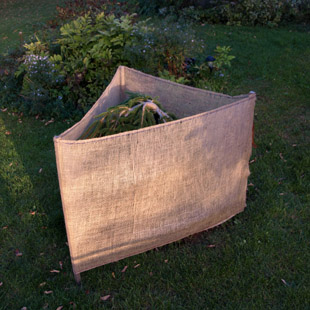 Constructing burlap windbreaks is also a good method of protecting evergreens for the winter. I use hardwood stakes driven about a foot into the ground. I then staple burlap to them. The idea is to block as much wind as possible. I will implant 3 or 4 stakes around each plant I want to protect and staple burlap around the shrub leaving the top open. If I were to cover the top, the shrub could be crushed if too much snow accumulates. Leaving the top open allows rain and snow to pass through, refreshing the shrub as much as possible.
Constructing burlap windbreaks is also a good method of protecting evergreens for the winter. I use hardwood stakes driven about a foot into the ground. I then staple burlap to them. The idea is to block as much wind as possible. I will implant 3 or 4 stakes around each plant I want to protect and staple burlap around the shrub leaving the top open. If I were to cover the top, the shrub could be crushed if too much snow accumulates. Leaving the top open allows rain and snow to pass through, refreshing the shrub as much as possible.
For recently planted (within the last two or three years) evergreen hedges (arborvitae, etc.) you’ll want to install a row of stakes on the west or north side and attach burlap to them. Remember, wind that comes from the east or south is warmer and gentler. You want to concentrate your windbreak construction to protect from the much harsher prevailing winds that blow from the north and west. Snow, sliding from the eaves and crushing shrubs, is another problem.
To protect them, you’ll need to construct or purchase wooden shrub covers. The A-frame type seems to deflect snow the best. I pound some short, sturdy stakes at the bottom faces of the A-frame to keep the bases from kicking out when a large slide falls from the roof. A little effort now can save the heartbreak of seeing your landscape plants crushed by snow and ice and dried to a crisp by harsh winter wind.


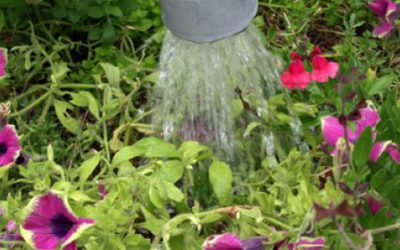
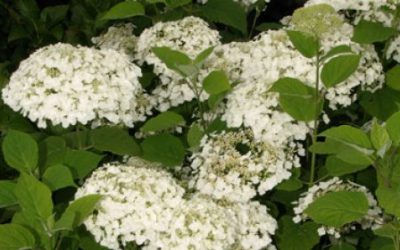
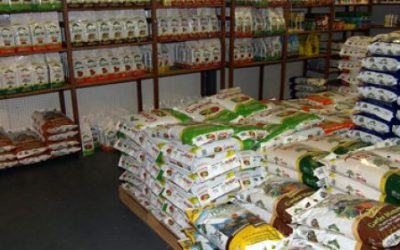
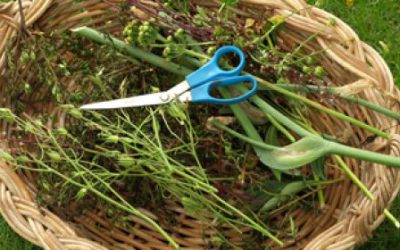

Recent Comments